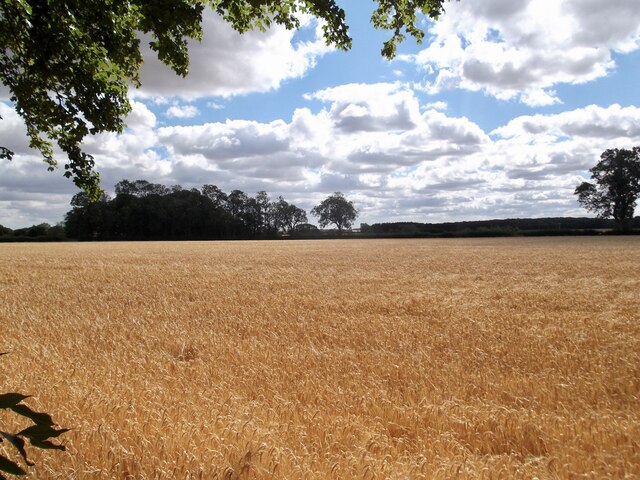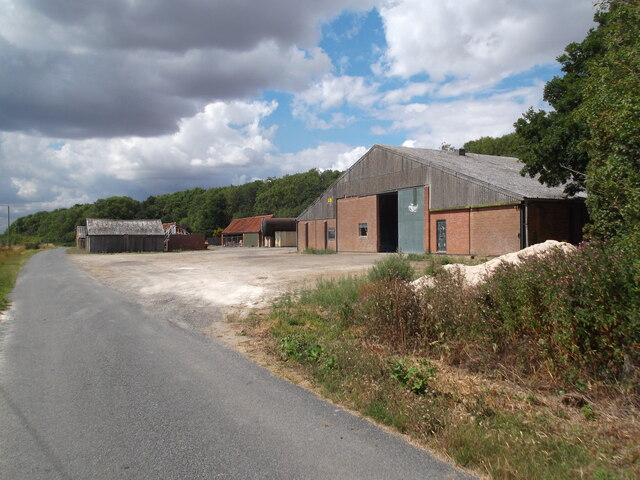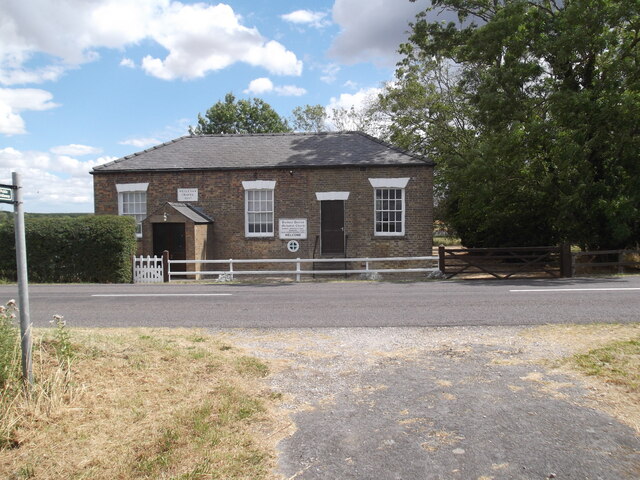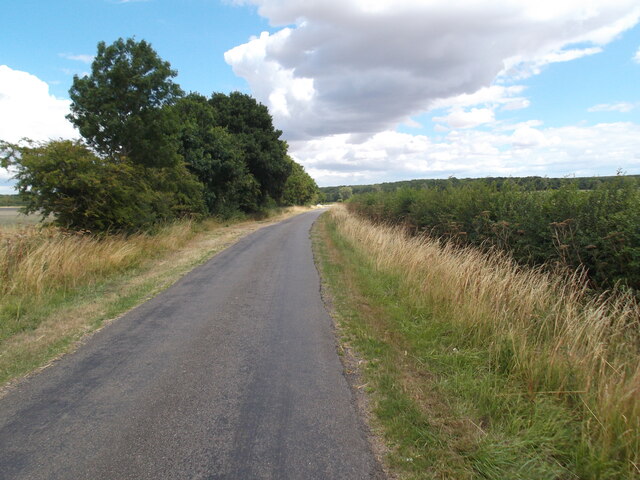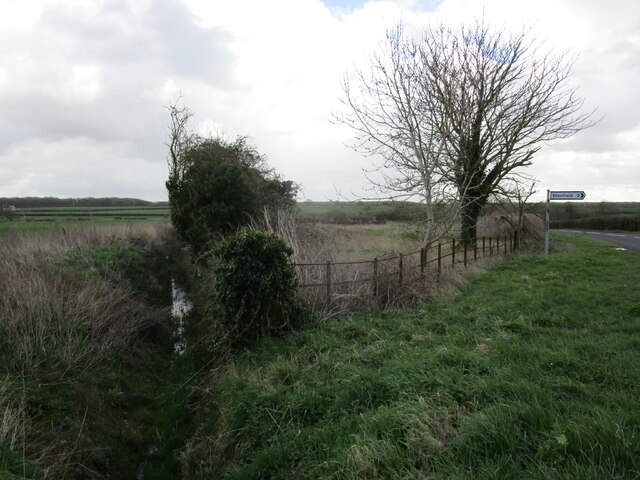New Apley
Settlement in Lincolnshire West Lindsey
England
New Apley

New Apley is a small village located in the county of Lincolnshire, England. Situated in the East Midlands region, it is part of the West Lindsey district. The village is surrounded by picturesque countryside, offering residents and visitors a tranquil setting.
With a population of around 500 residents, New Apley is known for its close-knit community and friendly atmosphere. The village is primarily residential, characterized by charming cottages and well-maintained gardens. Many of the houses in New Apley date back several centuries, showcasing traditional Lincolnshire architecture.
One of the village's notable features is its beautiful parish church, St. Peter's. This historic church, built in the 13th century, is an architectural gem and a prominent landmark in the area. Its intricate stained glass windows and stunning interior make it a popular destination for tourists and locals alike.
New Apley benefits from its proximity to the market town of Gainsborough, which is just a short drive away. Here, residents can find a range of amenities, including shops, supermarkets, schools, and healthcare facilities. The village also has good transportation links, with regular bus services connecting it to neighboring towns and villages.
The surrounding countryside offers opportunities for outdoor activities such as hiking, cycling, and bird-watching. The village is also within easy reach of the Lincolnshire Wolds, an Area of Outstanding Natural Beauty, which attracts visitors with its rolling hills and scenic landscapes.
Overall, New Apley offers a peaceful and picturesque setting, making it an attractive place to live or visit for those seeking a rural retreat in Lincolnshire.
If you have any feedback on the listing, please let us know in the comments section below.
New Apley Images
Images are sourced within 2km of 53.259872/-0.32101055 or Grid Reference TF1274. Thanks to Geograph Open Source API. All images are credited.


New Apley is located at Grid Ref: TF1274 (Lat: 53.259872, Lng: -0.32101055)
Division: Parts of Lindsey
Administrative County: Lincolnshire
District: West Lindsey
Police Authority: Lincolnshire
What 3 Words
///agency.adjusted.songbook. Near Wragby, Lincolnshire
Nearby Locations
Related Wikis
Kingthorpe
Kingthorpe is a hamlet in the West Lindsey district of Lincolnshire, England. The hamlet is in the civil parish of Apley, and is 10 miles (16 km) east...
Apley
Apley is a hamlet and civil parish in the West Lindsey district of Lincolnshire, England. It is situated 1 mile (1.6 km) west from the hamlet of Kingthorpe...
Kingthorpe railway station
Kingthorpe railway station was a railway station that served the village of Kingthorpe, Lincolnshire, England between 1874 and 1956, on the Louth to Bardney...
Stainfield Priory
Stainfield Priory was a Benedictine nunnery at Stainfield in the North of Lincolnshire, England, between Wragby and Fiskerton. The priory of St Mary at...
Nearby Amenities
Located within 500m of 53.259872,-0.32101055Have you been to New Apley?
Leave your review of New Apley below (or comments, questions and feedback).

